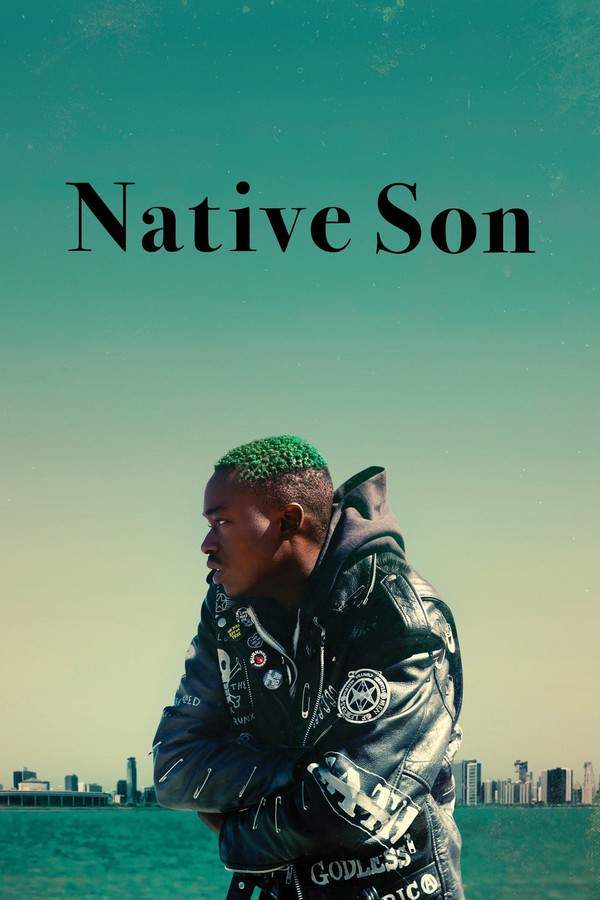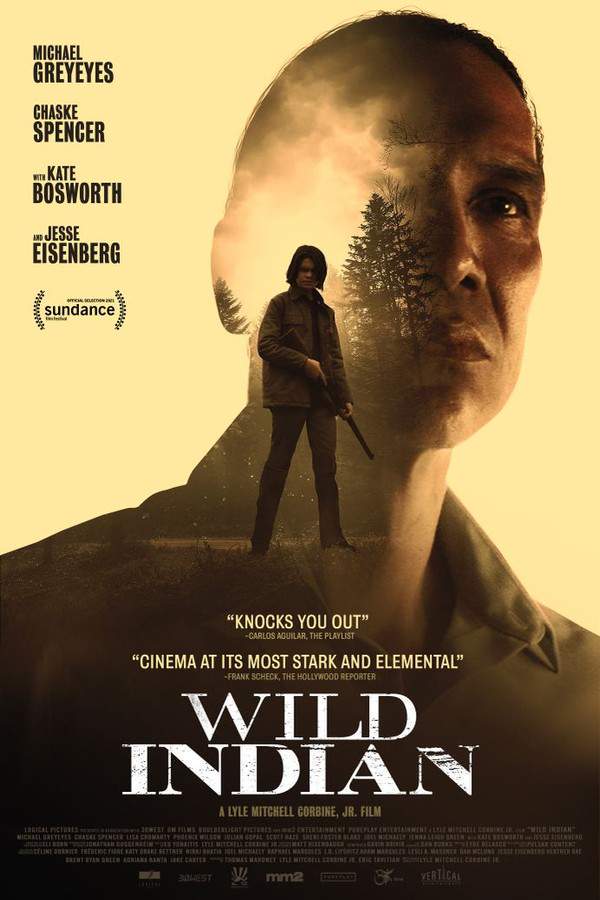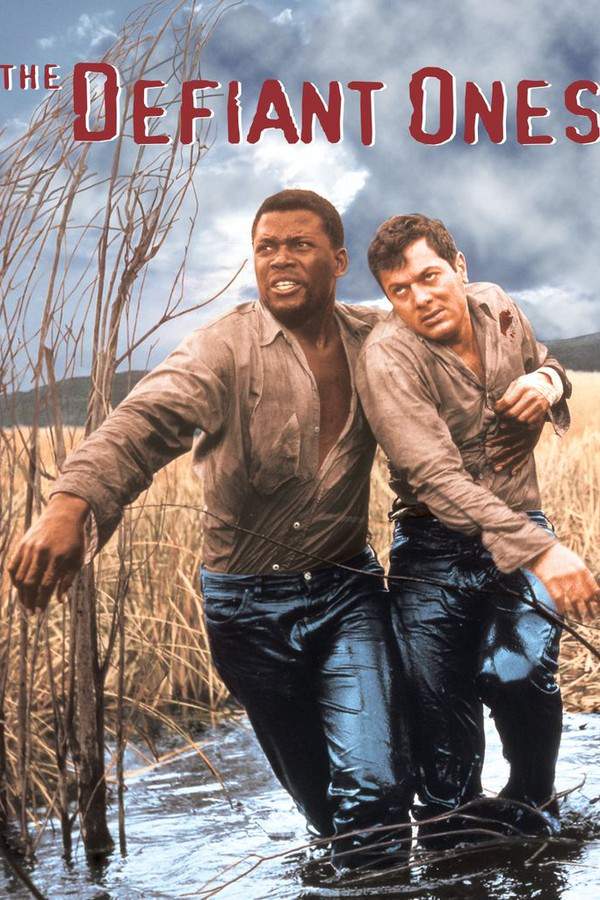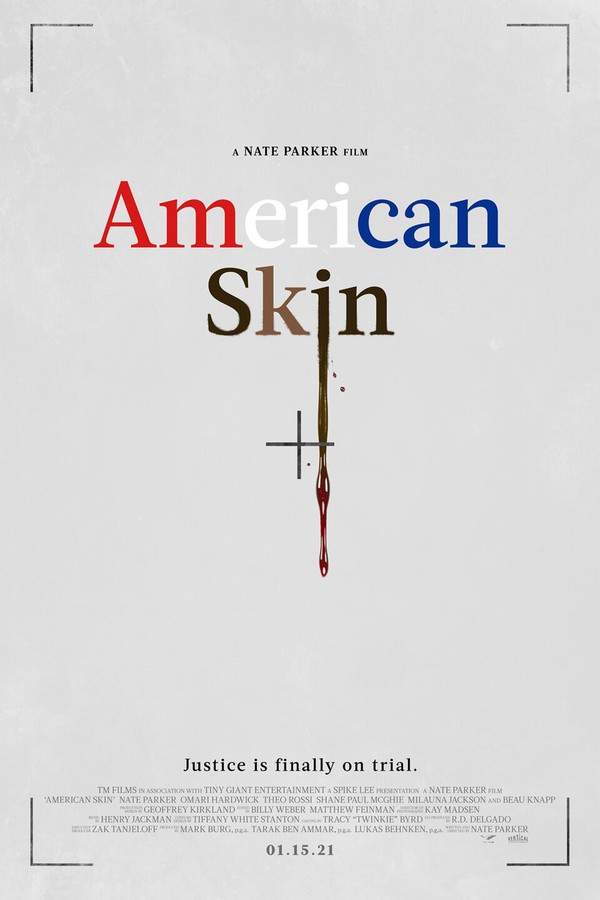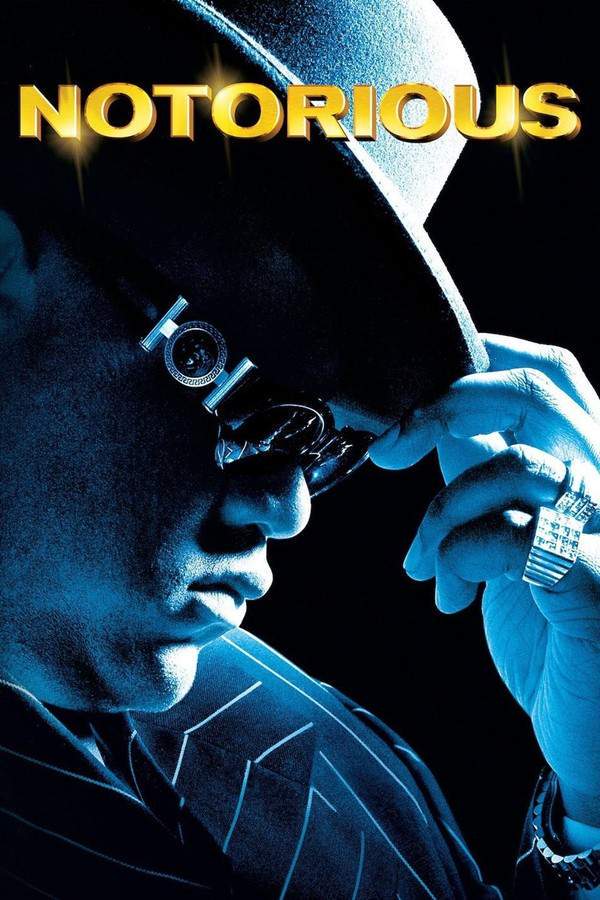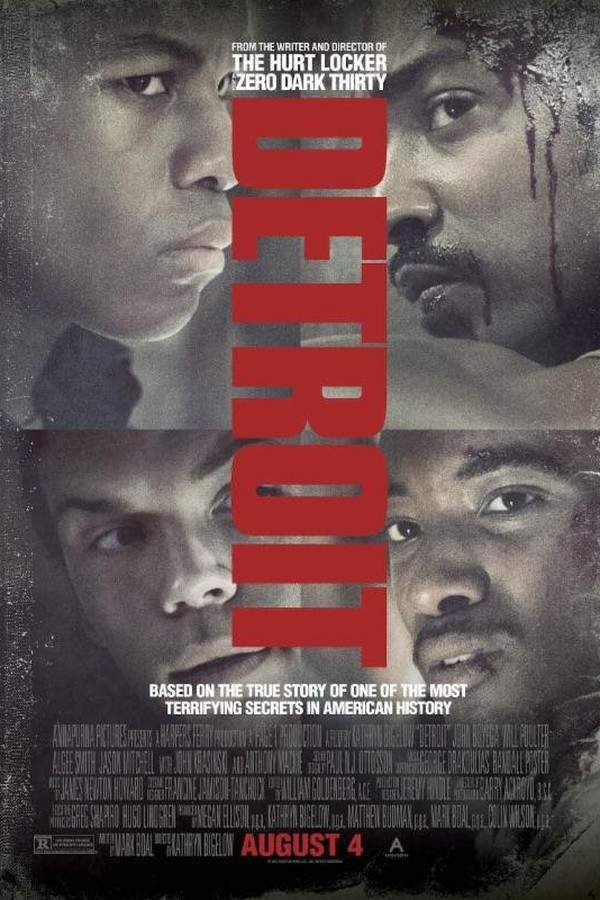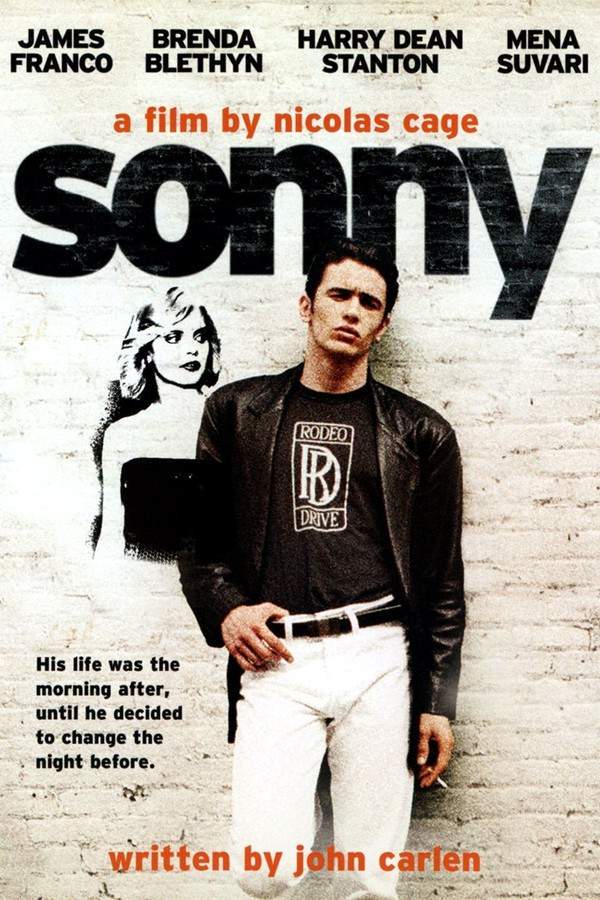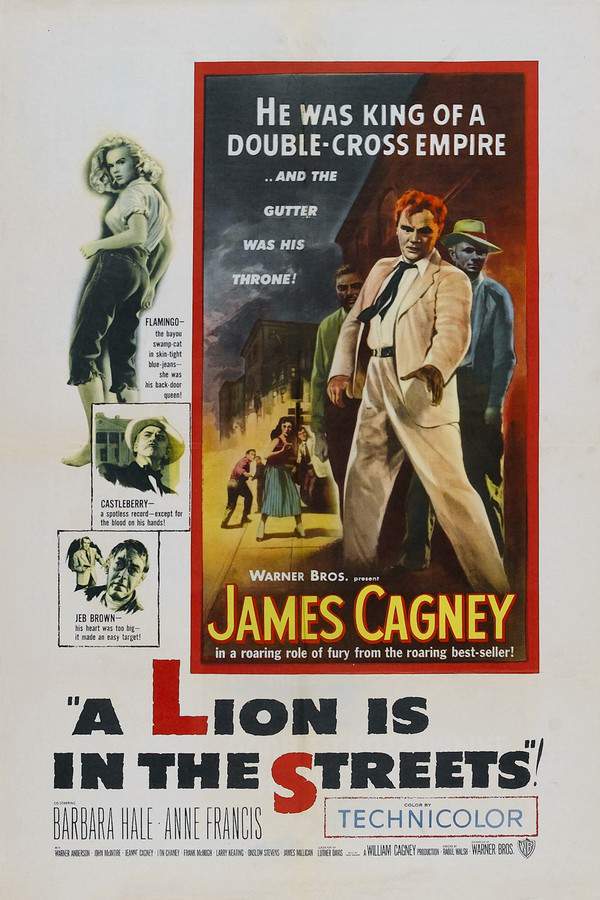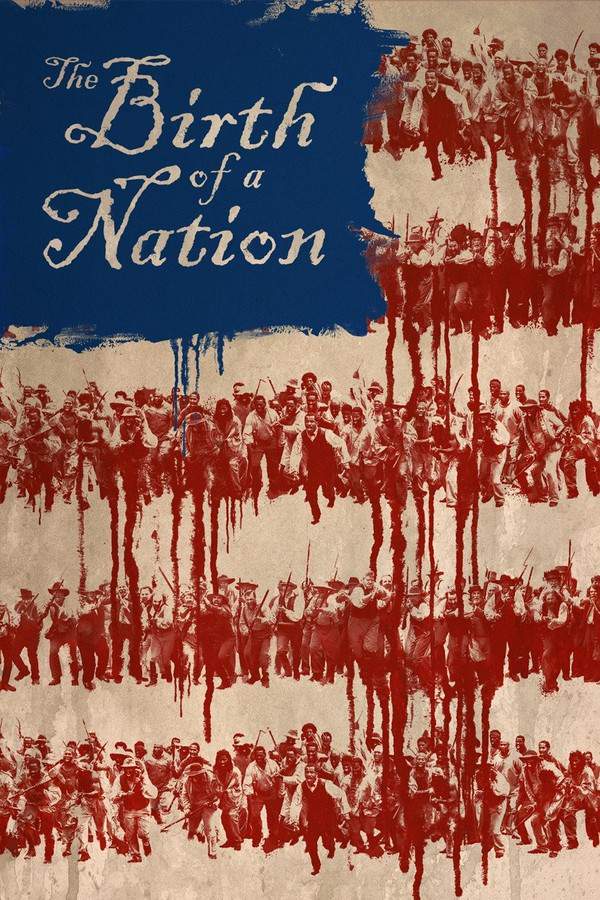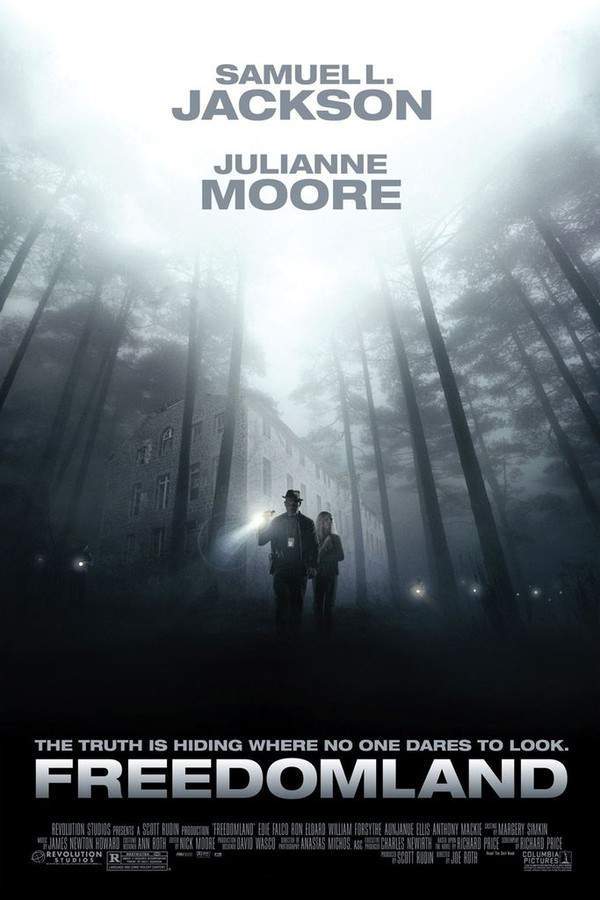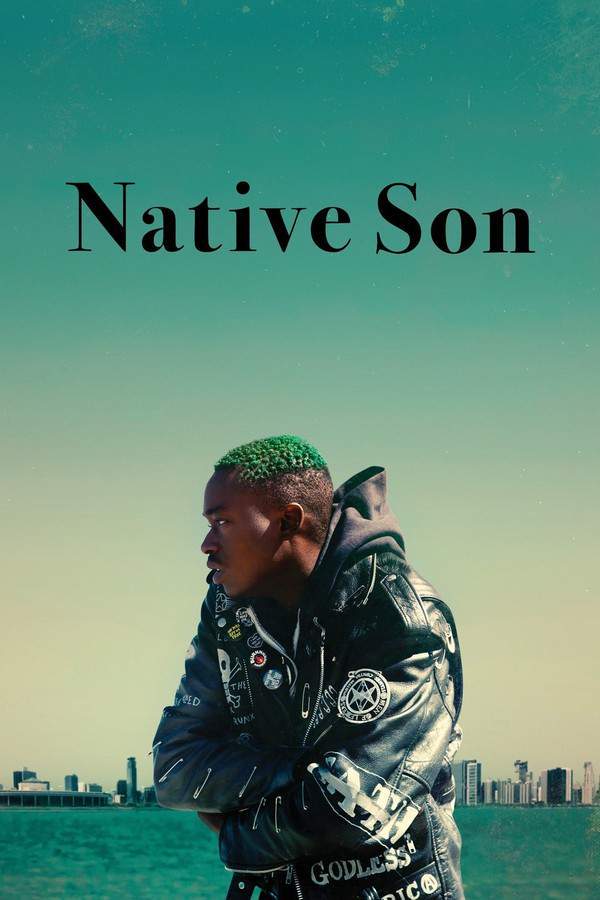
Native Son 1951
Directed by

Pierre Chenal
Made by
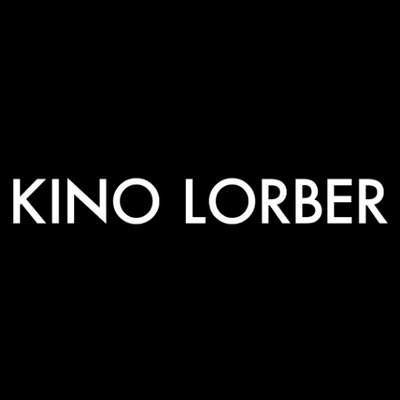
Kino Lorber
Native Son Plot Summary
Read the complete plot summary and ending explained for Native Son (1951). From turning points to emotional moments, uncover what really happened and why it matters.
Set during the tumultuous early 1940s in Chicago’s “black belt,” a region deeply populated by nearly half a million African Americans, we meet Hannah Thomas (Willa Pearl Curtis), a resilient mother living in a cramped kitchenette alongside her three children: Vera, Buddy, and her eldest son, Bigger (Richard Wright). The family, having fled the South a dozen years prior due to the horrific lynching of Hannah’s husband, struggles to make a living amidst societal upheaval. One day, as they go about their lives, a rat scurries across the floor, aptly named “old man Dalton” after their landlord—Bigger, in a moment of frustration, kills the pest.
In a surprising twist of fate, a relief worker approaches Bigger with a job offer as a chauffeur for the wealthy Dalton family. Though initially hesitant, he seeks out his girlfriend, Bessie Mears (Gloria Madison), a waitress with dreams of performing at a local club. Bessie is elated at the prospect of being given a chance to sing soon, but Bigger’s worries manifest when he warns Ernie, the club owner, to steer clear of Bessie. However, a planned robbery goes awry when Ernie interrupts, leaving Bigger on edge.
With plans fortunate for him falling apart, Bigger finds solace in a late-night movie alongside his friend Panama (George D. Green). Eventually, he resolves to accept the job with the Daltons. Surprisingly, despite Bigger’s criminal past, Henry Dalton hires him, even offering him a room in the tower of their opulent home. As Bigger takes Bessie for a ride in the Dalton’s vehicle, she questions his sudden interest in Mary Dalton (Jean Wallace); Bigger reassures her that she is irreplaceable to him.
On one fateful evening, Bigger offers a ride to Mary and her suitor, Jan Erlone. Unbeknownst to him, they both carry a drunken bravado that leads them to the very club he had warned Ernie about, ultimately choosing to feign camaraderie with Bigger. The trio’s relationship takes a turn when they return to the Dalton home late that night. Following what seems like innocent fun, a tragic and irreversible event transpires—Bigger inadvertently causes Mary’s death. The horrifying realization sets in as he places a pillow over her face to muffle her sounds, worried about being caught by her blind mother.
The next day is shrouded in tension as Bigger concocts a story, claiming that Jan was responsible for Mary’s disappearance. The investigation spirals out of control when the racist detective, Britten, takes an interest, further complicating Bigger’s precarious position. Meanwhile, Bigger grapples with the systemic injustices that ensnared him, especially as he observes his mother laboriously scrubbing floors while the wealthy Daltons live in stark contrast.
As he confesses his intentions to Bessie about demanding a ransom for Mary’s supposed kidnapping, resistance mounts. When the ransom plan escalates, the media frenzy draws attention, and the paranoia intensifies—Bigger is painted as a monster. A slip in communication leads to panic, causing him to flee when reporters find incriminating evidence at the Dalton household. The once friendly faces around him turn ominous, as he and Bessie hide from authorities who are now hunting him down for murder.
In a harrowing climax, Bigger’s fate concludes when law enforcement captures him after a tumultuous standoff. The emotional aftermath unfolds in jail where conversations with Bessie’s memory and Jan evolve, and Bigger’s reflection upon his actions deepens. Hannah, in an emotional moment, asks her son to pray, reminding him of their shared faith amid despair. Jan reveals the turmoil of anger he felt upon discovering the truth about Mary’s death, battling with his initial urge towards retribution.
As Bigger faces the inevitable doom of a death sentence in the electric chair, he expresses a poignant hope that his tragic tale becomes a cautionary reminder, hoping that no other young black man bears the weight of such a fate. With a heavy heart, he asks his friend Max to convey his regards to Jan, preparing to confront the finality of life—with a deeply felt sense of remorse and longing for understanding.
Native Son Timeline
Follow the complete movie timeline of Native Son (1951) with every major event in chronological order. Great for understanding complex plots and story progression.
Hannah's Tragic Departure
In the early 1940s, Hannah Thomas leaves the South with her three children, fleeing the horrific lynching of her husband. Settling in Chicago's black belt, they live in a cramped kitchenette, struggling with their new life.
Bigger Kills the Rat
The family's life takes an unsettling turn when they discover a rat in their home, which they nickname 'old man Dalton' after their landlord. In a moment of frustration, Bigger, Hannah's oldest son, kills the rat, symbolizing his growing unease about their living situation.
Bigger Gets a Job
A relief agency worker approaches Bigger with a job offer as a chauffeur for the wealthy Dalton family. Despite his initial reluctance, he decides to take the job, marking a significant change in his life circumstances.
Bigger's Romantic Struggle
Bigger meets with his girlfriend Bessie, a waitress, who is thrilled by the prospect of singing at a club. However, Bigger grapples with jealousy and suspicion as he contemplates his feelings for Bessie and his interest in Mary Dalton.
A Night Out
Bigger drives Mary Dalton and her friend Jan to a club where they engage in patronizing conversations about race. The evening reveals both the stark divides between them and the pressure Bigger feels in their company.
Tragic Incident
After a night of drinking, Mary mistakenly puts herself in a vulnerable position when she asks Bigger to help her to her bedroom. In a moment of panic, fearing exposure due to their racial dynamics, Bigger accidentally kills her.
Cover-Up Begins
In a desperate bid to hide his crime, Bigger carries Mary's body to the furnace in the cellar. The next day, he fabricates a story about her disappearance, implicating Jan and deflecting suspicion from himself.
The Ransom Note
With a plan for ransom money, Bigger tells Bessie about his idea to claim they have kidnapped Mary Dalton. Although Bessie is hesitant, she ultimately agrees to aid him, showcasing their troubled relationship.
Search Intensifies
As the police begin their search for Bigger, tension mounts, exacerbated by the discovery of human remains in the furnace. Bigger, feeling trapped, comprehensively becomes a fugitive despite the evidence steadily building against him.
Bigger's Confession
In an abandoned building, Bigger confesses to Bessie that he killed Mary, explaining the fear that drove him to commit the act. Their conversation escalates into a confrontation, highlighting Bessie's turmoil and Bigger's deepening despair.
Bessie's Demise
After a series of unfortunate events, Bigger's paranoia culminates in the tragic death of Bessie. Convulsed by fear and betrayal, he throws her down an elevator shaft, revealing the depths of his psychological breakdown.
Captured by the Police
The police, tipped off about Bigger's location, storm the building where he and Bessie are hiding. In a desperate attempt to escape, Bigger shoots at the officers but is ultimately subdued and apprehended.
Family Visit
Hannah and Bigger's family come to visit him in jail. Hannah's request for prayer reflects their shattered family dynamic and the overwhelming grief surrounding the events that transpired.
Bigger's Reflection
In a poignant moment, Bigger contemplates his actions and expresses regret for what he has done. He hopes his tragic story serves as a warning for future generations, emphasizing the societal issues that contributed to his violent choices.
Facing Justice
As he prepares for his execution in the electric chair, Bigger reflects on his life and the relationships he had. He asks his lawyer to convey a message to Jan, underlining his complicated feelings in the face of his impending death.
Native Son Characters
Explore all characters from Native Son (1951). Get detailed profiles with their roles, arcs, and key relationships explained.
Bigger Thomas (Richard Wright)
Bigger is a complex character shaped by his environment and experiences. A 25-year-old African American man living in poverty, he grapples with feelings of anger, desperation, and fear. His choices reflect the societal pressures of his time, culminating in a tragic series of events driven by his struggles against racial oppression.
Hannah Thomas (Willa Pearl Curtis)
Hannah is Bigger's mother, who embodies the resilience and struggles of African American women in her community. Managing the burdens of raising three children in a cramped living space, she reflects the hardships faced by many families during this period. Her strong character shines through her determination to protect her family despite their desperate circumstances.
Bessie Mears (Gloria Madison)
Bessie is a waitress and Bigger's girlfriend, representing both the dreams and difficulties of young African American women of the time. She is excited about her opportunities yet feels threatened by Bigger's changes and choices. Her character highlights the personal impact of the oppressive social environment on relationships.
Mary Dalton (Jean Wallace)
Mary is the Dalton family's daughter, whose interactions with Bigger illustrate the complexities of race relations. Her well-meaning yet patronizing attitude reflects societal misconceptions, and her tragic fate acts as a catalyst for the film's darker themes. Her character serves as both an ally and an example of privilege in a racially charged environment.
Native Son Settings
Learn where and when Native Son (1951) takes place. Explore the film’s settings, era, and how they shape the narrative.
Time period
Early 1940s
The early 1940s was a tumultuous time in American history, marked by the effects of the Great Depression and the lead-up to World War II. Racial tensions were high, particularly in urban areas, as African Americans faced systemic discrimination and violence. This backdrop plays a crucial role in the events of the film, shaping the characters' identities and choices.
Location
Chicago, black belt
The movie is set in Chicago's 'black belt,' a densely populated area where nearly half a million African Americans resided during the early 1940s. This neighborhood is known for its rich cultural history and the struggles faced by its residents amid social and racial inequalities. The environment significantly influences the characters' lives and experiences.
Native Son Themes
Discover the main themes in Native Son (1951). Analyze the deeper meanings, emotional layers, and social commentary behind the film.
⚖️
Racial Injustice
The film explores the theme of racial injustice, highlighting the systemic oppression faced by African Americans in 1940s Chicago. Bigger's experiences underscore the harsh realities of living in a segregated society, where the color of one's skin determines their fate. This theme prompts a broader commentary on the societal attitudes towards race and class.
💔
Desperation
Desperation pervades the film, as characters are driven to extreme actions due to their bleak circumstances. Bigger's choices, stemming from his desperation to escape poverty and oppression, lead to tragic consequences. This theme illustrates how societal pressures can push individuals toward dark paths.
🔒
Fear and Paranoia
Fear and paranoia are central to Bigger's character arc, manifesting in his actions and decisions throughout the film. His fear of being discovered and persecuted plays a pivotal role in the tragedy that unfolds. The film delves into the psychological impact of living in a society rife with racial discrimination and violence.
Movies with Similar Twists and Themes
Uncover films that echo the narrative beats, emotional arcs, or dramatic twists of the one you're exploring. These recommendations are handpicked based on story depth, thematic resonance, and spoiler-worthy moments — perfect for fans who crave more of the same intrigue.
Featured on this page

What's After the Movie?
Not sure whether to stay after the credits? Find out!
Explore Our Movie Platform
New Movie Releases (2025)
Famous Movie Actors
Top Film Production Studios
Movie Plot Summaries & Endings
Major Movie Awards & Winners
Best Concert Films & Music Documentaries
© 2025 What's After the Movie. All rights reserved.


